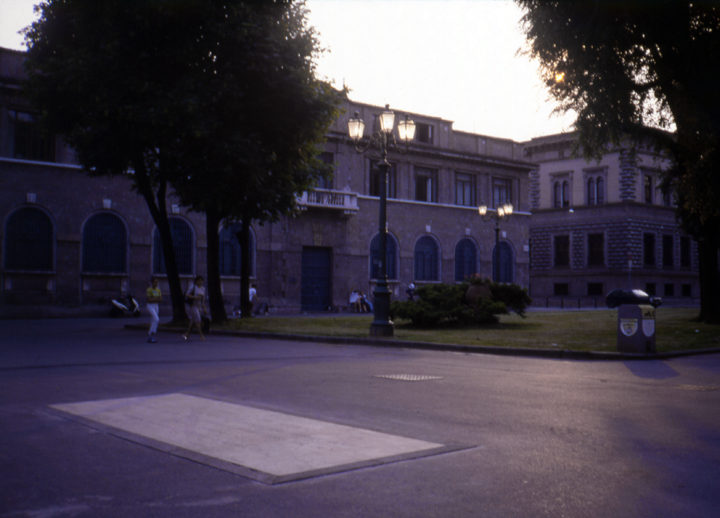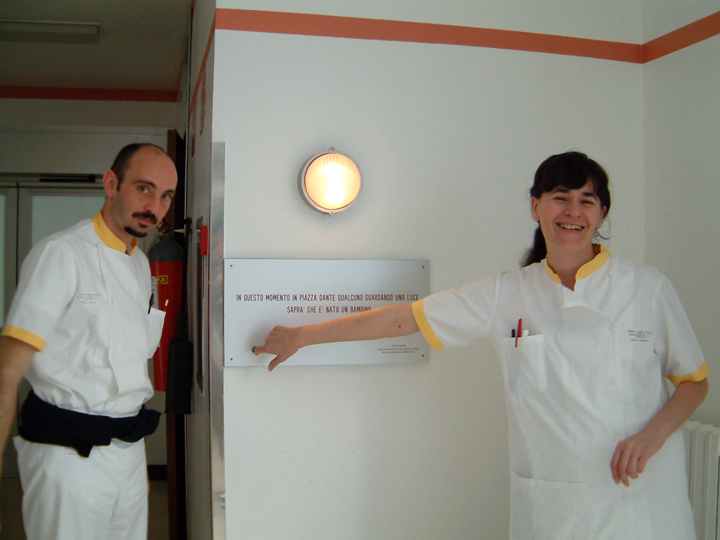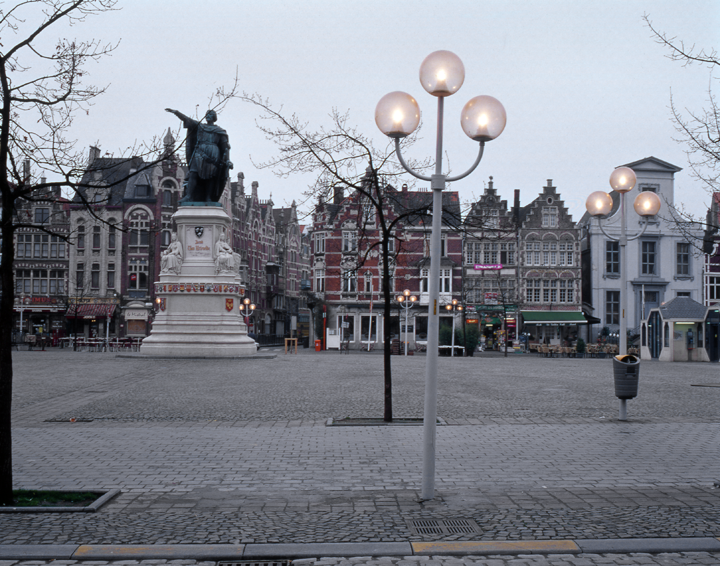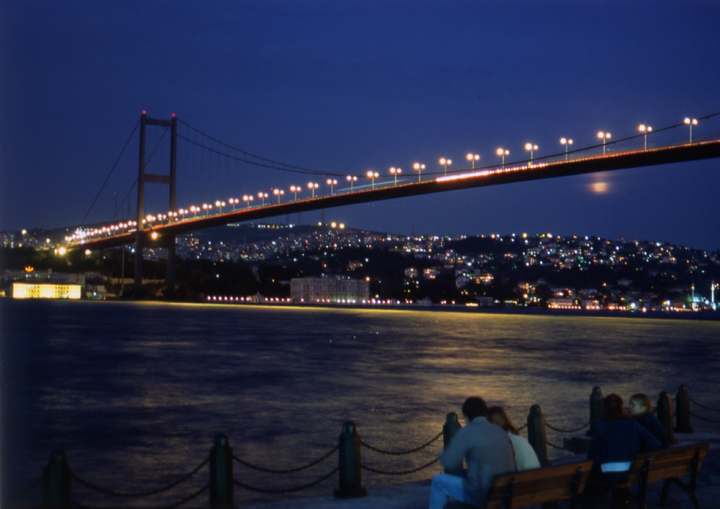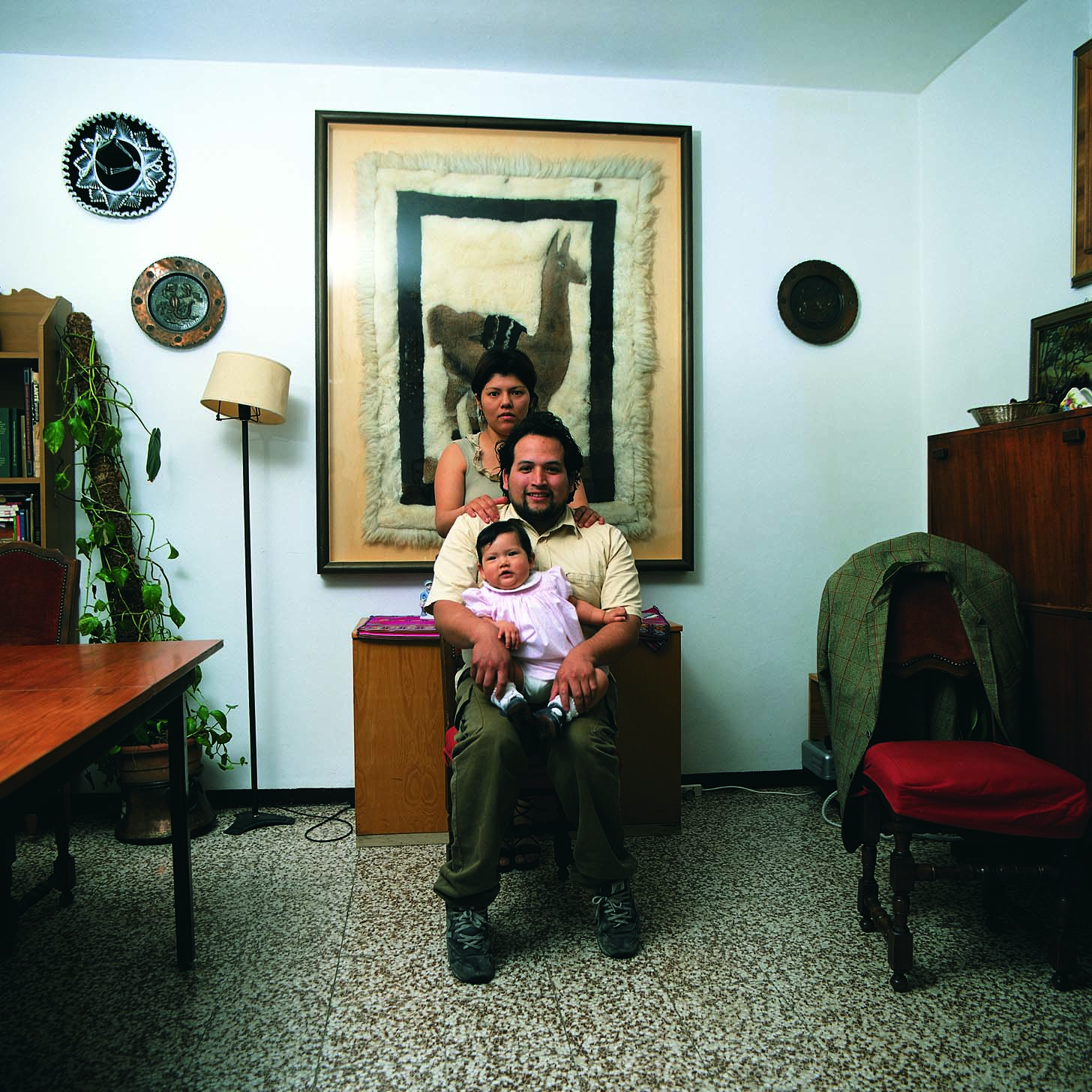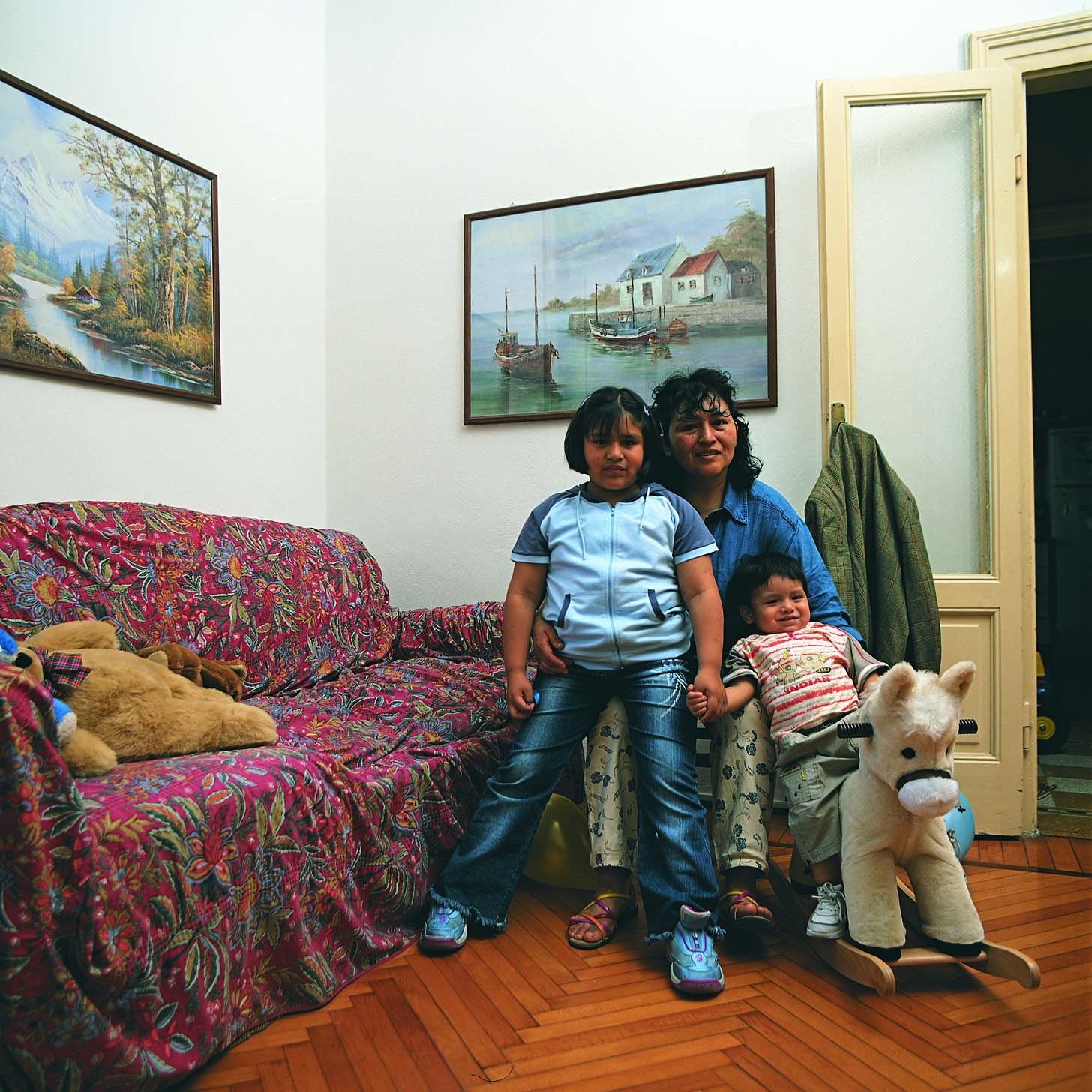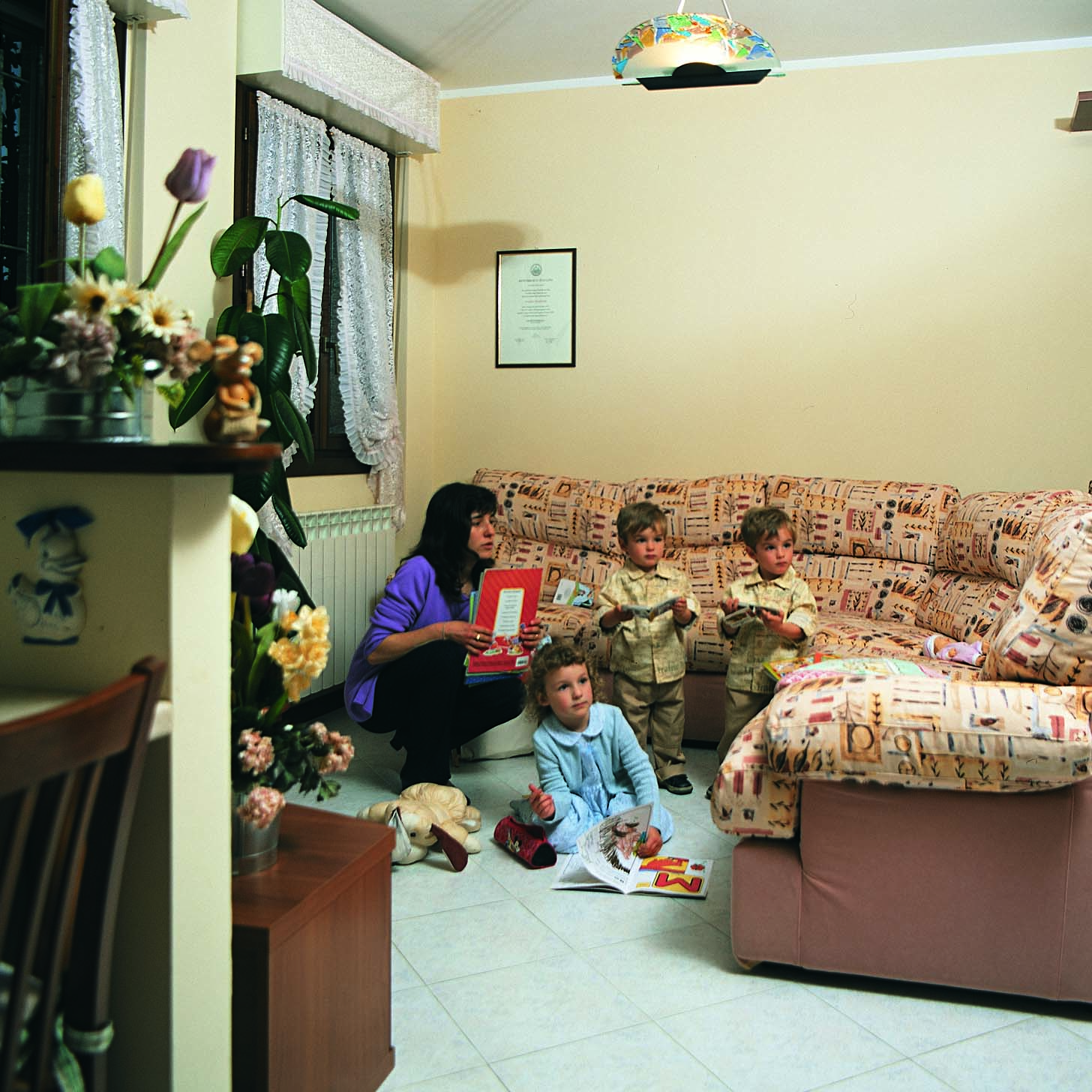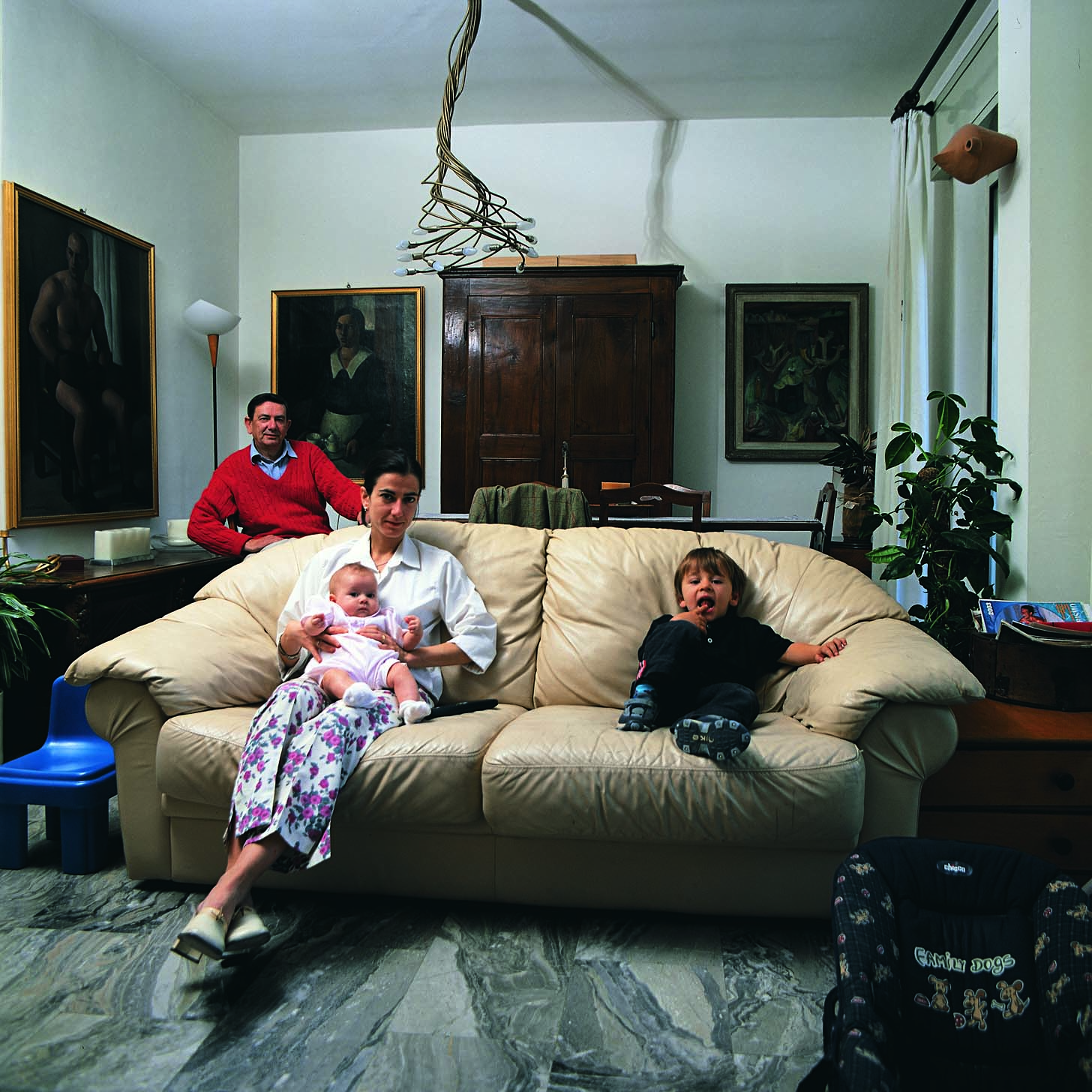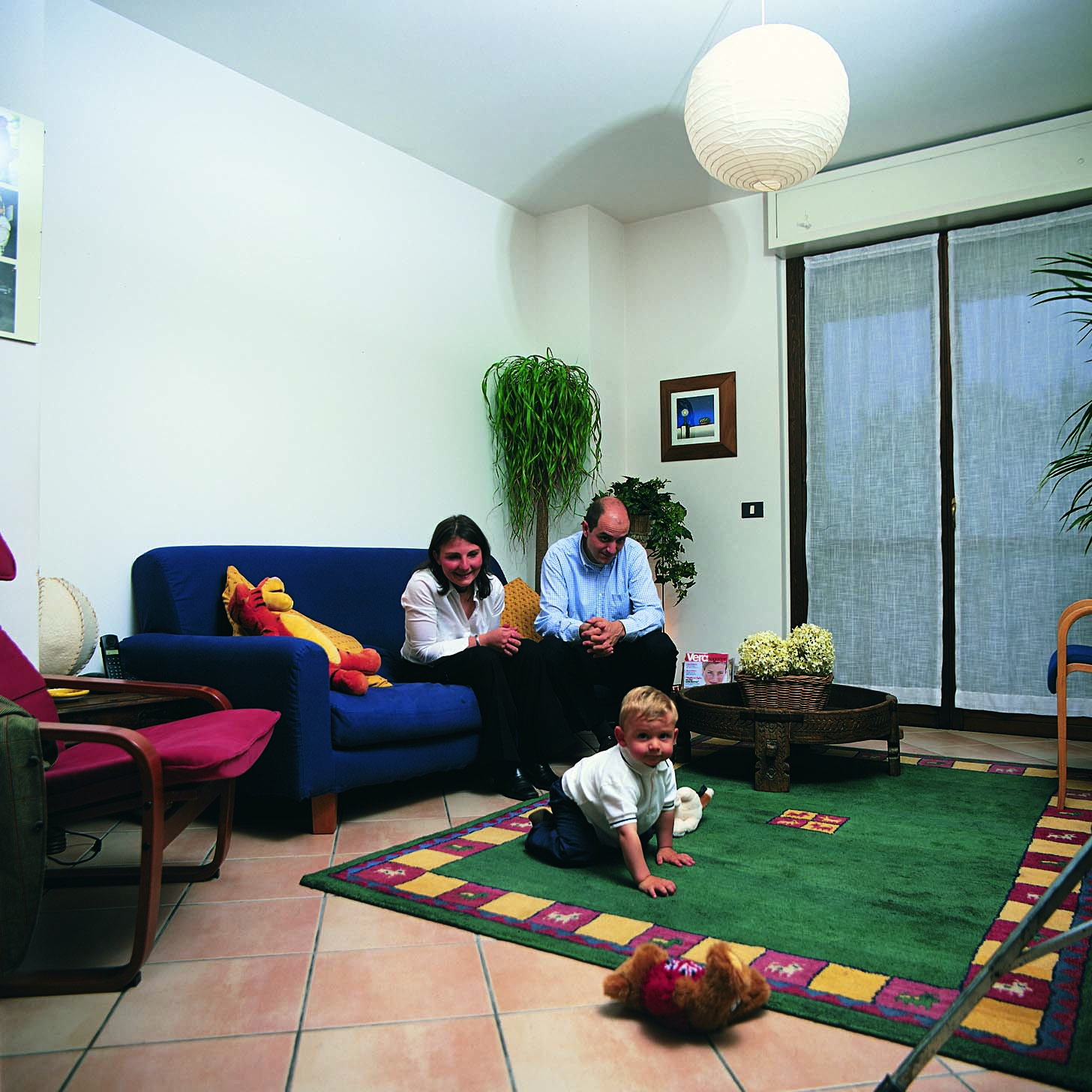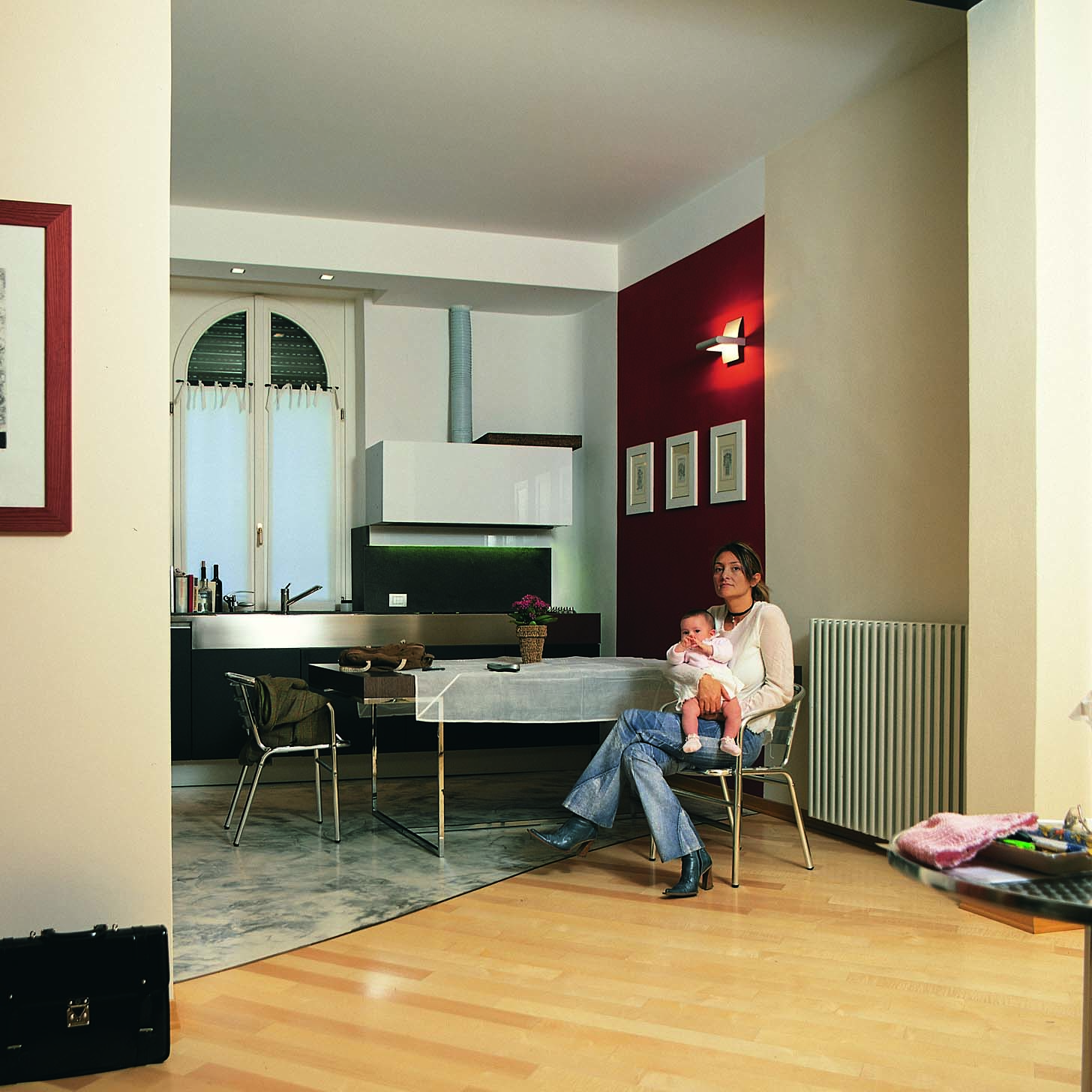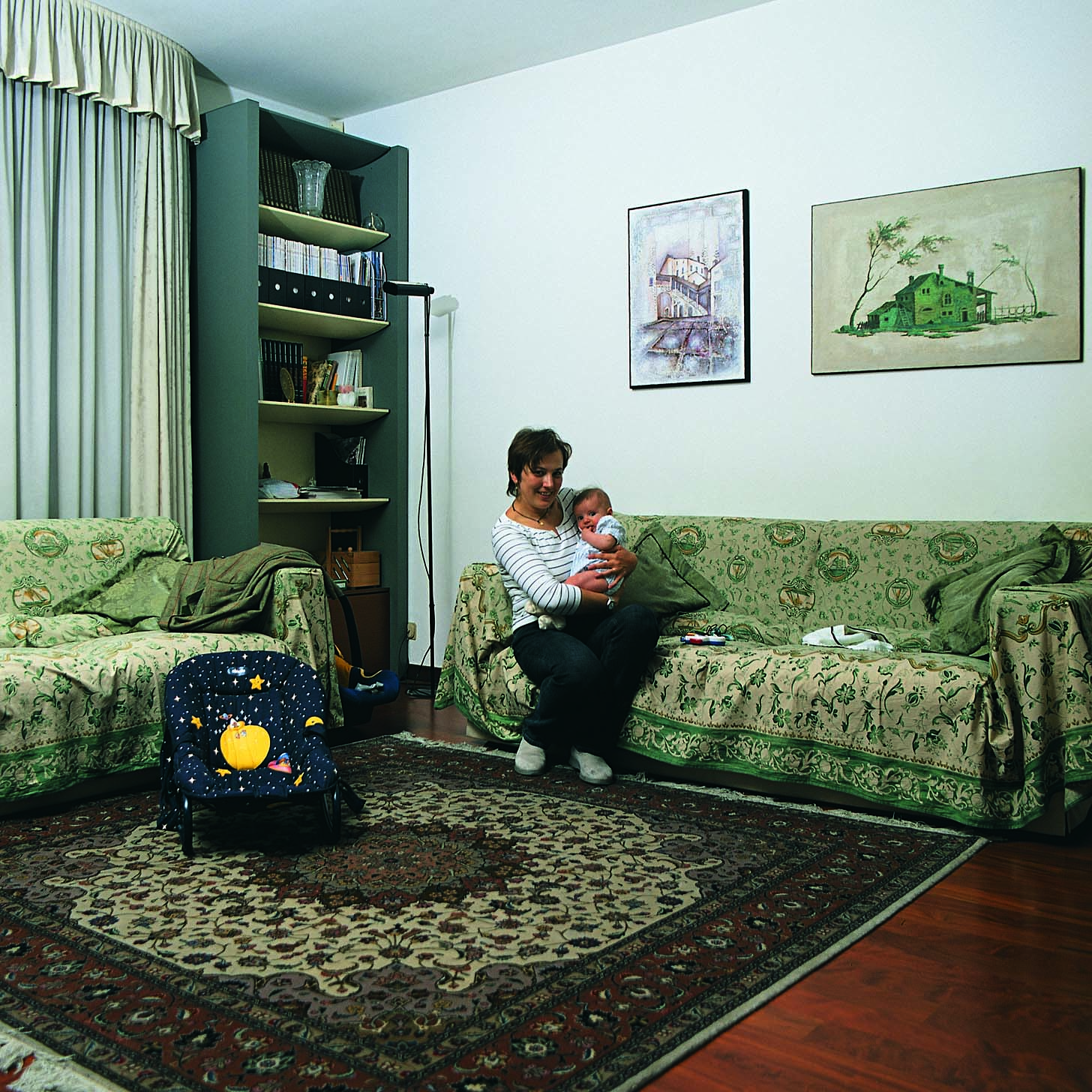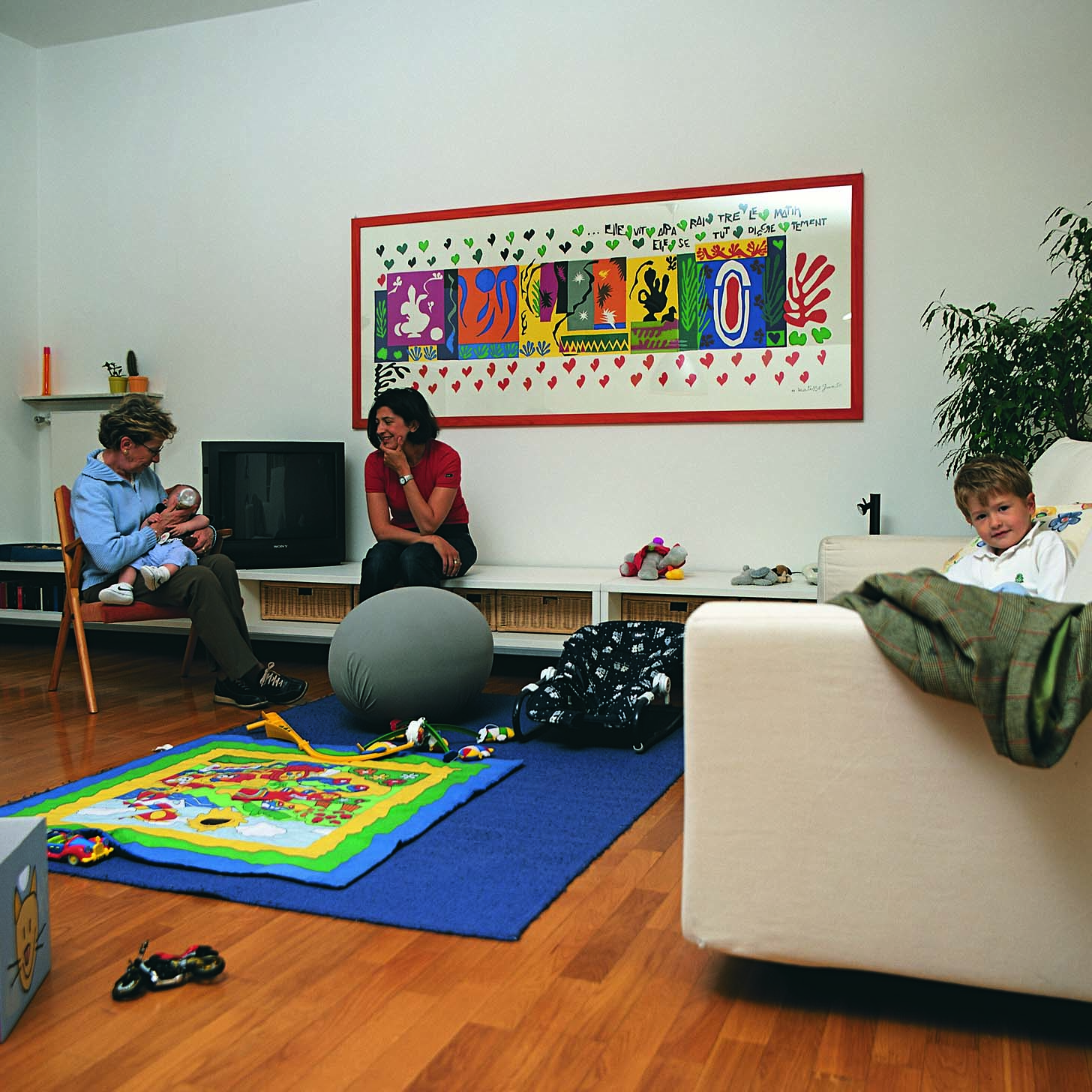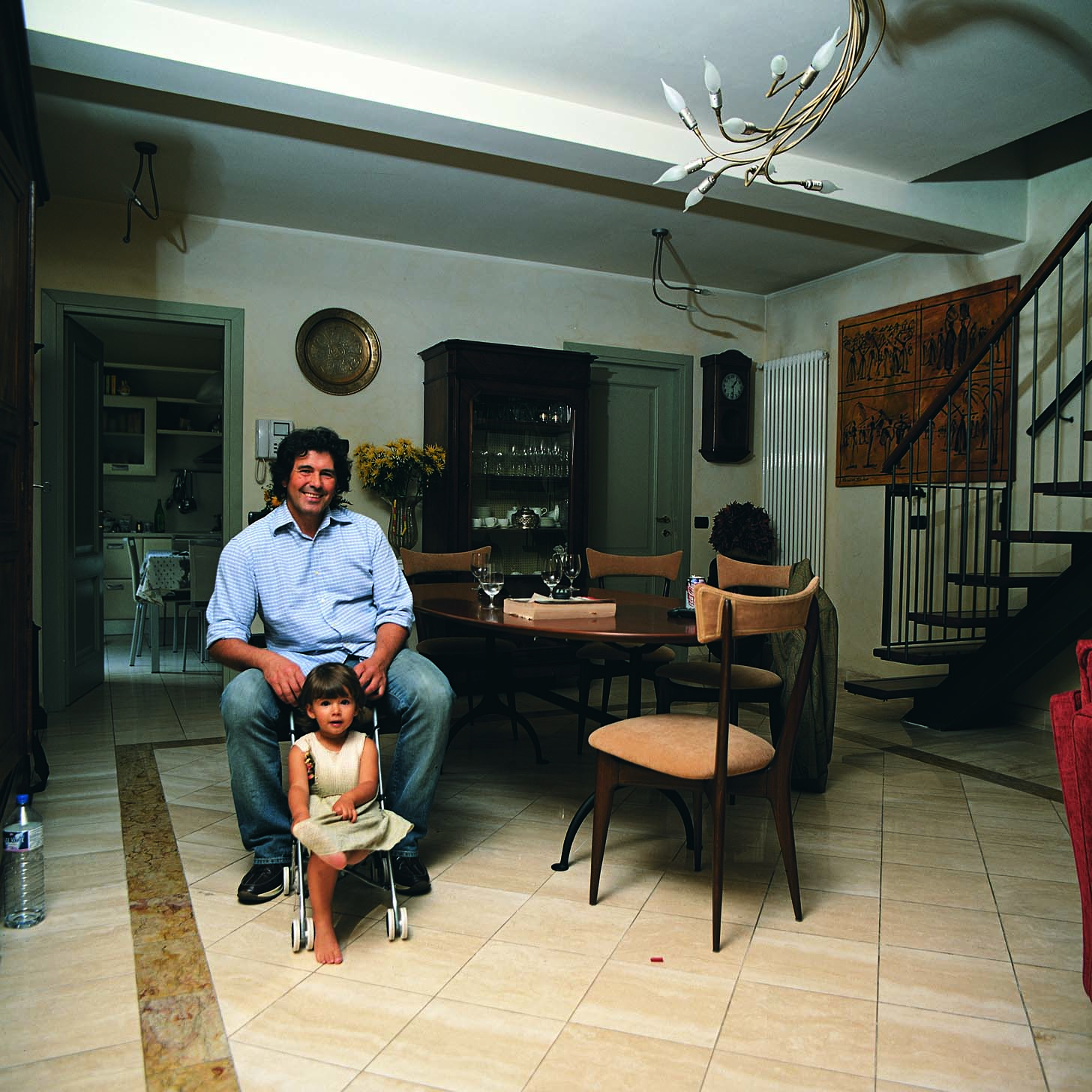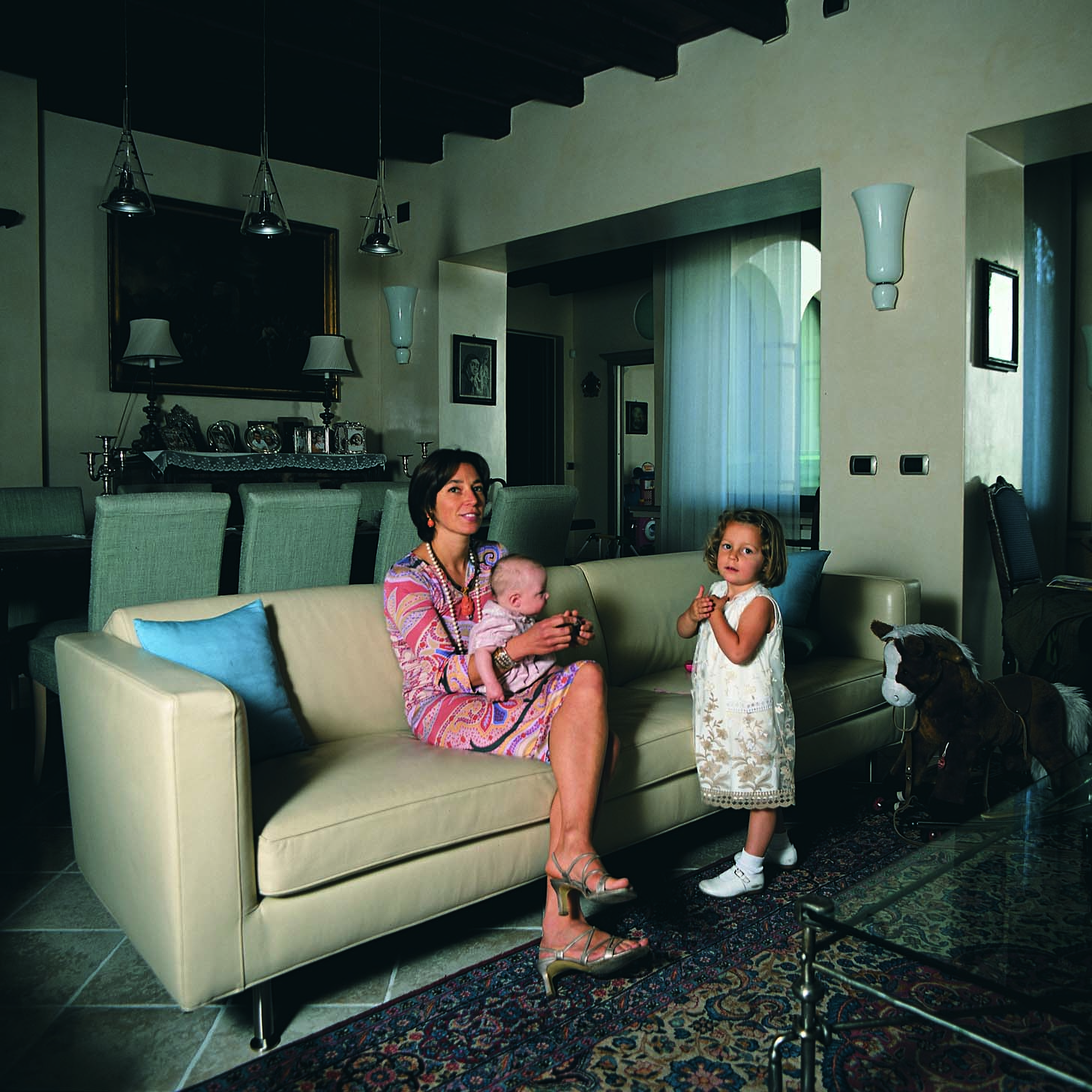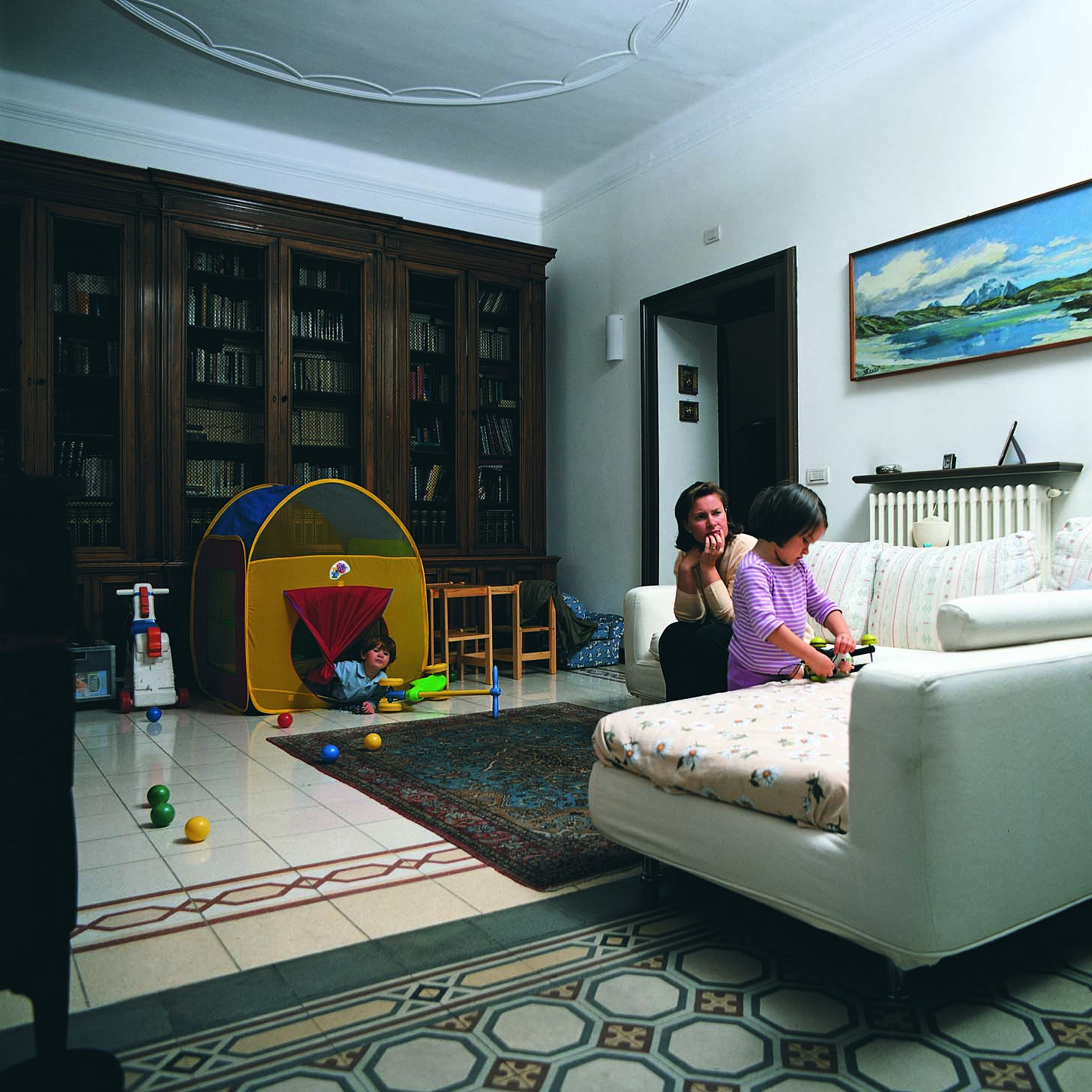1998 - BERGAMO
2000 - GENT
2001 - ISTANBUL
2003 - GALLIPOLI
2003 - CASARANO
2011 - MOSCOW
2011 - GENT
2018 - PLOVDIV
2019 - ROME
1998 – 2019
To those born today
In the work Ai nati oggi the streetlights of a given place in the city (a street, a square, a bridge) get brighter every time a child is born. The maternity ward in a hospital in the city is equipped with a button that can be pushed by the staff at each new birth; the button makes the streetlight system gradually increase the intensity of the light, a surge that then subsides back to normal in about thirty seconds. Near the streetlights, on the ground, a stone plaque is placed with the engraved words: “The streetlights of this place are connected to the maternity ward of the hospital … Every time the light slowly pulsates, it means a child has been born. The work is dedicated to that child, and to the children born today in this city”.
As a theme shared by all peoples, birth responds to the reflections of the artist regarding the values art positioned in public space ought to convey or embody. Ai nati oggi establishes a direct dialogue with the city and its inhabitants, in an attempt to bring art closer to the reality of life: the work is rooted in the territory and attracts the people who live there through its intention to fill them with a “sincere” emotion that engages them, though indirectly, as a community. The use of light is symptomatic of the artist’s interest in coming to grips with a densely layered scenario like that of the contemporary city, making use of an immediate means of communication that is often already provided by the context, and therefore not invasive. Even those who do not recognize the work as art can still grasp its message.
“Ai nati oggi – the artist says – is a work that establishes a relationship with the city on different scales, that is visible and not visible: it produces a sort of narrative urbanism. […] When I think about this work I always imagine a map of the physical city that pulsates and a map of the mental city every passer-by produces. The image I am narrating is basically a nativity scene, a classic theme of painting…” [Hans Ulrich Obrist, “Alberto Garutti”, in Domus #901, March 2007, p. 116-123]
The work has been installed in many cities (Bergamo, Ghent, Istanbul, Moscow, etc) and the universal character of its message makes it increasingly “meaningful and revealing” as the number of contexts in which it is inserted grows. Nevertheless, it is necessary not to overlook the local value it channels, leading case by case to new ways of giving form to the intervention and its communication.
